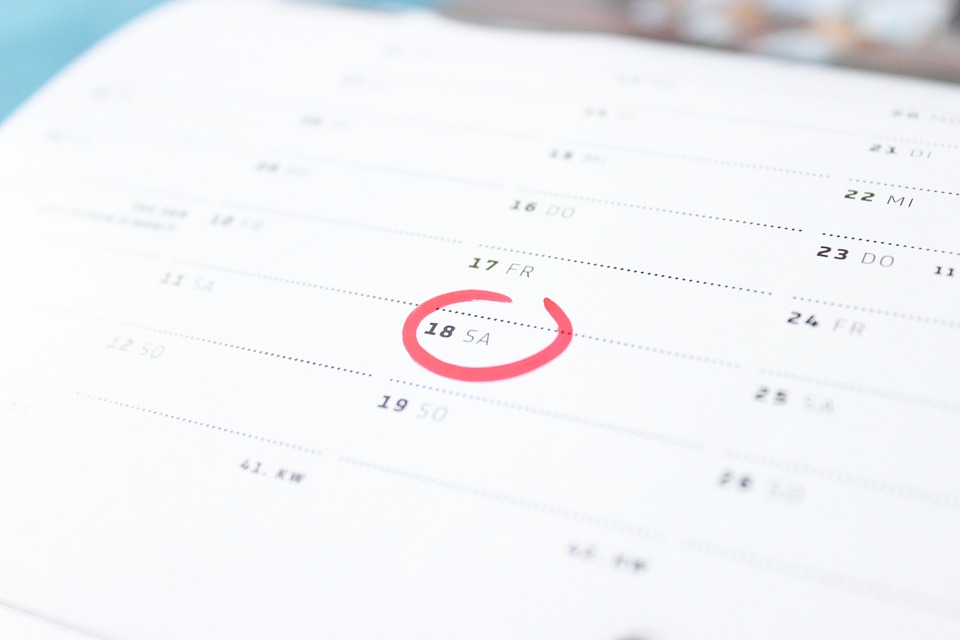Key Difference – Going To vs Present Continuous
There are various grammatical constructions that can be used to discuss the future, including Going to and Present Continuous. Although these two constructions have similar grammatical structures, causing many people to assume they are the same, there is a significant difference between them. Going to can be utilized to discuss general plans, intentions, and events that are likely to happen. On the other hand, Present Continuous is used to discuss a fixed arrangement. This is the main difference between Going To and Present Continuous.
What Does Going to Mean and When to Use?
Going to can be used to discuss the future and has two specific functions in this context.
Talking about plans, intentions, and decisions (that have already been made)
I’m going to read it tonight.
She is going to start cooking soon.
We’re going to get married.
Predicting something that’s likely to happen based on present evidence
Be careful; you are going to slip.
Look at those clouds; it’s going to rain.
She’s going to have a baby.
Formation of Sentence Using Going to
Subject + be (am/is/are) + going to + infinitive + complement
I am going to write a letter.
He is going to complete the assignment tonight.
She is going to drive to work today.
It’s going to rain today.
What is Present Continuous?
Present Continuous is primarily used to refer to events and actions that are happening in the present. However, it can also be used to denote the future. Present Continuous can be used for fixed plans with a definite time and/or place.
She is starting school next January.
He is taking his son to Disneyland for his birthday.
I’m meeting the bank manager at 10 o’clock.
I’m flying to London on the 26th.
Formation of Sentence Using Present Continuous
Subject + be (am/is/are) + present participle
I am running
You are running
She/ He/ It is running
We are running
They are running
I’m meeting him on 18th Saturday.
What is the difference between Going To and Present Continuous?
Use:
Going to refers to the future.
Present Continuous can refer to both present and future.
Future:
Going to is used with general plans and intentions.
Present Continuous is used with fixed arrangements.
Verb:
Going to uses the infinitive form of a verb.
Present Continuous uses the present participle of a verb.
Prediction:
Going to can be used to talk about something that is likely to happen.
Present Continuous cannot be used to talk about something that is likely to happen.
Key Takeaways
- Going to can be used to discuss general plans, intentions, and events that are likely to happen, while Present Continuous is used to discuss a fixed arrangement.
- Present Continuous can refer to both present and future, whereas Going to refers specifically to the future.
- When using Going to, the infinitive form of a verb is used, while Present Continuous uses the present participle of a verb.
